Description
Touch Sensor For Mirror Price in Pakistan | Double Mirror Sensor
A Touch Sensor For Mirror typically refers to a type of sensor or neural phenomenon that involves the sensation of touch being experienced when observing someone else being touched. This concept is most commonly linked to mirror-touch synesthesia, a condition where individuals feel physical sensations on their own bodies when they see someone else being touched.In terms of technology, mirror-touch sensors can also refer to devices designed to simulate or detect touch based on this concept. These sensors are often used in haptic feedback systems, where the user feels a simulated sense of touch or pressure in response to visual cues, mimicking the sensation of actually being touched. These sensors are particularly relevant in virtual reality (VR) or augmented reality (AR) systems, where enhancing the sense of realism can improve the overall user experience.Chip.pk give best Touch Sensor For Mirror Price in Pakistan.
How Mirror Touch Sensors Work (Technologically):
- These sensors typically rely on various technologies, such as electromechanical actuators or vibrational feedback systems, to simulate the feeling of touch.
- Force Sensors: Measure pressure or force applied to the body or an object and can trigger feedback in the form of vibrations or temperature changes.
- Electromagnetic Actuators: These can create pressure points on the skin by using electromagnetic fields to simulate different sensations.
- Piezoelectric Materials: These are often used to create small vibrations that simulate texture or movement.
In combination with motion sensors, cameras, or even electromyography (EMG) devices that detect muscle movement, these systems can create an intricate and realistic simulation of touch based on what’s happening in the virtual world or the user’s surroundings.
Double Light Sensor:
A Double light sensor (as described in the previous answer) detects the intensity of light and converts this information into an electrical signal. These sensors are often used in applications such as ambient light detection, brightness control, and automatic lighting systems.
Combining “Mirror Touch” and “Double Light Sensor”:
If we try to combine these concepts, a “Mirror-Touch Double Light Sensor” could potentially be a sensor system or device that:
- Detects light levels using a Double light sensor (e.g., a photodiode, LDR, or ambient light sensor).
- Simulates or enhances the experience of touch or interaction, potentially mimicking the sensation of light or visual interaction via haptic feedback, in the context of VR, AR, or human-computer interaction.
Here’s an interpretation of what this might involve in practical applications:
Possible Applications of a Mirror-Touch Double Light Sensor
-
Haptic Feedback for Light-Interaction Simulation:
- In virtual reality (VR) or augmented reality (AR), a Double light sensor could detect the intensity or position of light sources in the virtual environment. This information could be used to trigger mirror-touch feedback—where users feel a simulated touch sensation corresponding to light interactions. For example, if a user reaches toward a light source in a VR environment, the sensor might trigger vibrations or pressure feedback on the user’s skin to make them feel as though they are interacting with the light.
-
Human-Computer Interaction (HCI):
- A mirror-touch sensor could detect light variations on a screen or physical interface (e.g., a smart device or touch panel) and translate those into haptic feedback. This feedback could simulate the sensation of light or touch, creating more intuitive interactions, such as feeling a “light touch” on a touch screen or sensing the intensity of light near an object.
-
Adaptive Lighting and Environmental Feedback:
- A combination of light sensors with mirror-touch feedback could be used to create adaptive environments where the lighting dynamically responds to the presence of individuals. For example, as light levels change in a room, the system could adjust the light’s intensity and provide subtle haptic feedback to the user, mimicking the sensation of “feeling” light as it changes.
-
Robotics and Empathetic Technology:
- In robotics, a Double light sensor might be used to detect the presence of a light source in the environment (e.g., a spotlight or directional light). This data could be used to control robotic behaviors or provide mirror-touch feedback to human users interacting with the robot, making the robot appear more responsive to its environment and the user’s movements.
-
Interactive Displays:
- Devices with interactive displays, such as smartphones or tablets, could incorporate both light sensors and haptic feedback systems to enhance user experience. A mirror-touch Double light sensor might detect light changes on the screen and provide haptic feedback to simulate the sensation of interacting with different light sources or objects on the screen.
Summary of a Mirror-Touch Double Light Sensor
While the term “mirror touch Double light sensor” does not correspond to an established technology, it could potentially refer to a system that:
- Combines light detection (via a single light sensor) with the concept of mirror-touch feedback (simulating the sensation of touch based on visual stimuli).
- Could be used to create more immersive and interactive environments, especially in applications like VR, AR, robotics, or advanced HCI.
- Might provide users with sensory feedback that mimics touch in response to light-related changes, enhancing the overall sensory experience.
Customer Support:-
- Available 24/7
- Phn # 03091416242
- Mail # Cpakstore@gmail.com
Package Include:-
- 1 X Double Touch Sensor For Mirror
Social Media:-


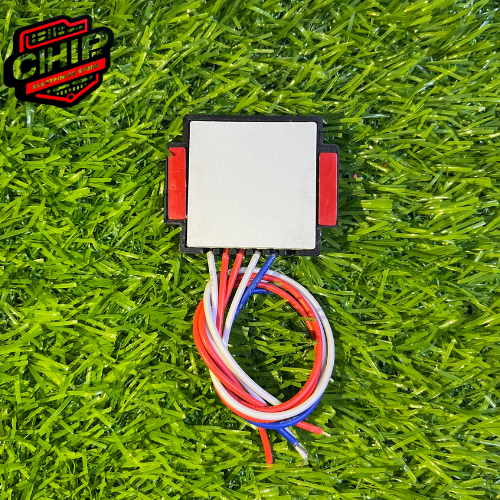
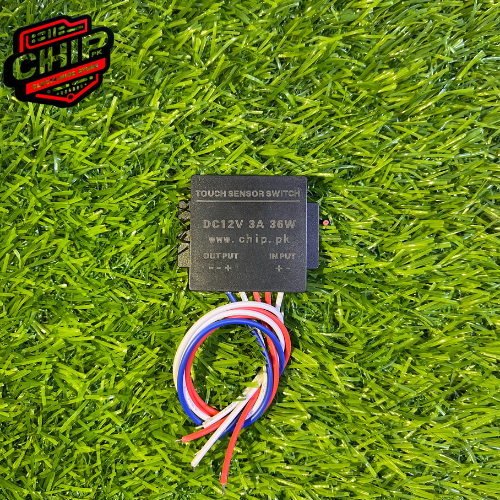
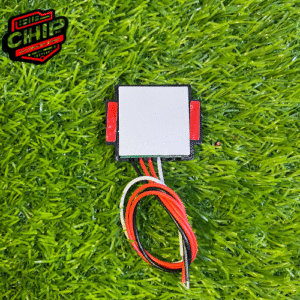

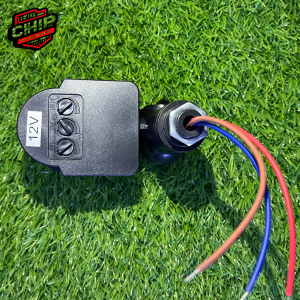

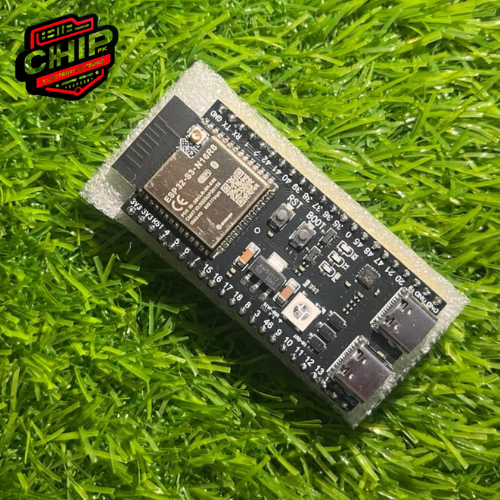
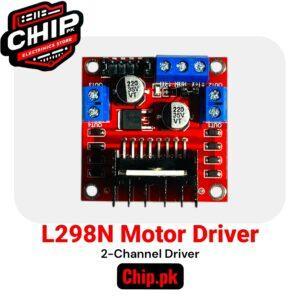
Reviews
There are no reviews yet.